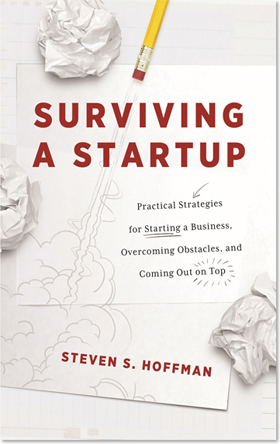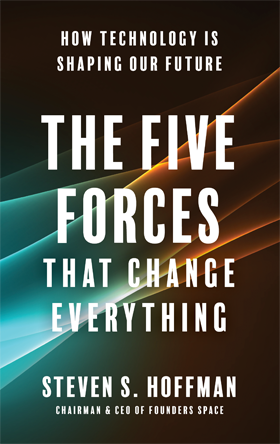Mistakes tend to happen for even the most seasoned startup veterans. Maybe you scaled too quickly, mistimed your product launch, or perhaps you just hired the wrong person. Whatever the reason, mistakes often provide a humbling opportunity for reflection and personal growth, and most importantly, give you an idea of what not to do going forward. At the end of the day however, there are some mistakes that can easily be avoided by listening to the advice of others.
We spoke to nine startup founders and asked them what their best advice was for avoiding the most common startup mistakes. Here’s what they said.
1. Focus







